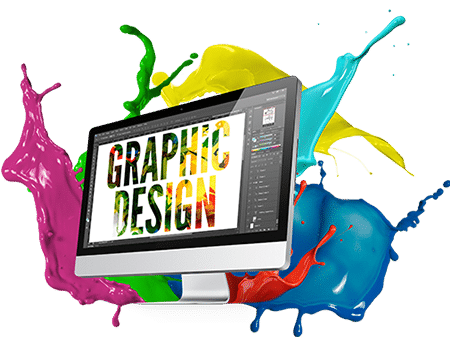WHAT IS GRAPHIC DESIGN?
Graphic design is the discipline that allows you to create visual materials through the use of texts, images and colors to best communicate a message.
However, graphic design expresses the fundamental aspects of a job that encompasses different skills...
But what does a graphic designer really do? Few people know it. Let's try to clarify things a little.
Graphic design is often translated into Italian in “graphic design”.
Design or planning is a process of resolution and analysis of a problem that is resolved with the creation of a visual artifact.
In this context, visualizations are created on digital and non-digital media, such as posters, window decals, logos, signs, packaging, websites, etc.
Often the graphic designer and the graphic designer are the same person, depending on the graphic studio.
The important aspect is that the competence of the two figures is reflected in the clients' work.
In the beginning the graphic designer was responsible for the printing/cutting machines. So the one who knew how to operate the machinery to obtain the desired graphics on the requested support. The graphic designer is someone who creates visualizations or visual artifacts with the idea of spreading a message to the public with images and texts.
Nowadays these two figures, as was said before, are often the same figure (in smaller studios certainly). In large studies there can be two different figures. Clearly the size of the studio is not synonymous with a well-produced work. It depends on the quality and competence of this figure (or these figures).
Sometimes, in fact, nice graphic work can be done (at first glance by the customer) but it cannot be created on different supports, as the graphics are too complicated to create on that type of device/material.
This is a fundamental aspect!!!!!
Another question, nowadays, at the end of the work the Customer should receive the vector to be used for future work (on supports or otherwise) using the same graphics. Furthermore it should also export the color in CMYK (four-colour process) and not in RGB... the machines print in CMYK not in RGB, the colors will not be aligned, the colors will always be different from those in RGB. If the file is supplied in RGB, it will need to be converted to CMYK (possibly causing additional costs).
The vectors are in the following formats: pdf, cdr, ai, eps.
Often formats other than vector are released, this will create problems for future creations. A self-respecting graphic studio will have to convert the non-vector file into vector, incurring additional costs.
Don't underestimate this aspect!!!!
Another question, you often find alleged "graphic designers" who say they use Adobe Photoshop exclusively... this software only deals with image retouching, too bad that then there is everything else... take a 20 hour course or even more does not mean becoming a graphic designer!!!!!
Adobe offers a suite that must also include Illustrator and InDesign, a professional will have to use these programs.
So, be careful!! Contact the professionals!

